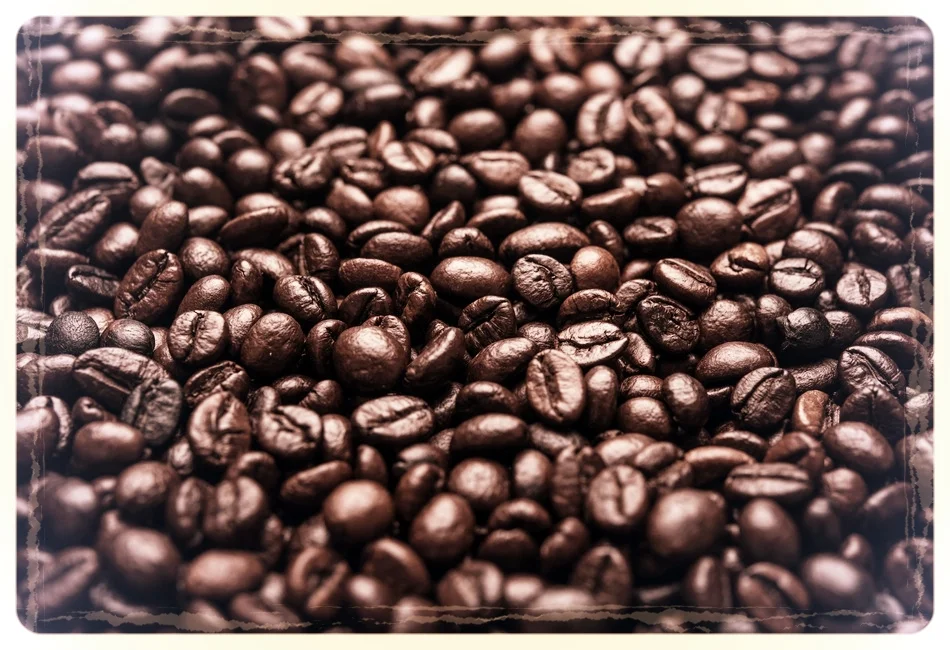Coming soon: "Locally Sourced"
If you've never been to the Pacific Northwest, this "Portlandia" sketch will give you a (slightly exaggerated) taste of the obsession over 'local origins.'
What -- and who -- qualifies as "local?" That's the Big Question behind our exhibit at the Columbia City Gallery.
All four contributing artists are women of color who've lived here for a long time: Carletta Carrington Wilson, Bernadette Merikle, Susan Ringstad Emery and me. I think of us all as local, as familiar as coffee in Seattle. But you know how people talk about coffee here: like it's some rare, exotic thing seen only once in a blue moon.
Not surprising, then, that a coffee-related marketing blurb encapsulated that paradox, which I wanted to convey in my collages: "Rare & Exquisite."
Each of us artists has a different take on being local. Carletta's textile work speaks to migrations through time and space. Bernadette imagines her ancestors deciding the question of local origins. And Susan, who calls herself an urban Iñupiat, considers Native (and "native") Seattle icons. Come see for yourself: the opening reception for "Locally Sourced" is May 19th at 5pm PST. Hope to see you in a few hours!
New work: "Rare & Exquisite"
I'm not usually a huge fan of butterflies; maybe I've seen too many of them printed in pink and slapped on products for girls. Also, they're flying bugs. But I am fascinated by some of the associations and cultural baggage they carry.
Some time ago, I heard a local radio story about how a military base also provides a refuge for endangered animals, including butterflies.
Credit: Sentinel Landscape program (USDA, Dept. of Defense, Dept. of Interior)
Environmental protection -- yay! -- but the irony of the program was even better. I was intrigued by the idea that a native species was safer among soldiers and artillery.
Soldiers at Joint Base Lewis-McChord (photo credit: US Dept. of Defense)
Native, local and vulnerable... hmm. As an artist, I explored the vulnerability of black bodies in my recent solo museum exhibit. And I've heard so many conversations calling black people 'an endangered species' since the 1980s. So I fused the two ideas in these collages.
I combined images from my family photo archive with photos of endangered butterflies from four regions of the United States.
As a kid, I remembered being mildly curious about the Victorian hobby of "collecting" butterflies. Then I learned the brutal reality. So as I sketched out my collage idea, I drew on that violent history.
The result is four large, dimensional collages I've titled "Rare & Exquisite." When you see them hung in a grid, they'll measure roughly six feet high by eight feet wide at the "Locally Sourced" exhibit. Want to hear more? Please join us at the reception on May 19th, at the Columbia City Gallery.
The artist as problem-solver
The next time you're tempted to ask an artist "how long did that take to make?"... try asking yourself another question. What problems did the artist have to solve to create this artwork?
I spent most of this week figuring out problems like How do I set a railroad spike into a collage panel?
Most of the time I enjoy this part of the job. But it's less fun to hit a dead end...
... and realize the only solution is to start over.
Good thing creative troubleshooting is a transferable skill -- I'm going to need it next month. I'm curating a group exhibit at the Columbia City Gallery, where these collages will make their debut. So once this work is done, I'm sure I'll have to wrangle other problems that can't be glued or staple-gunned into place.















